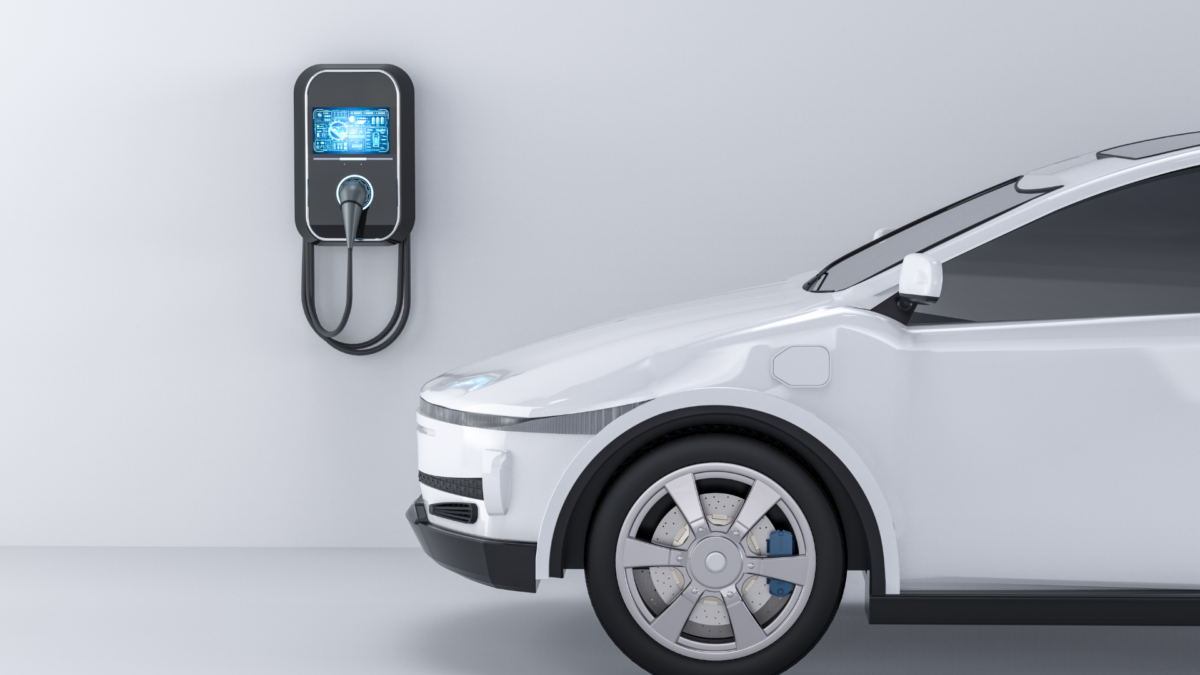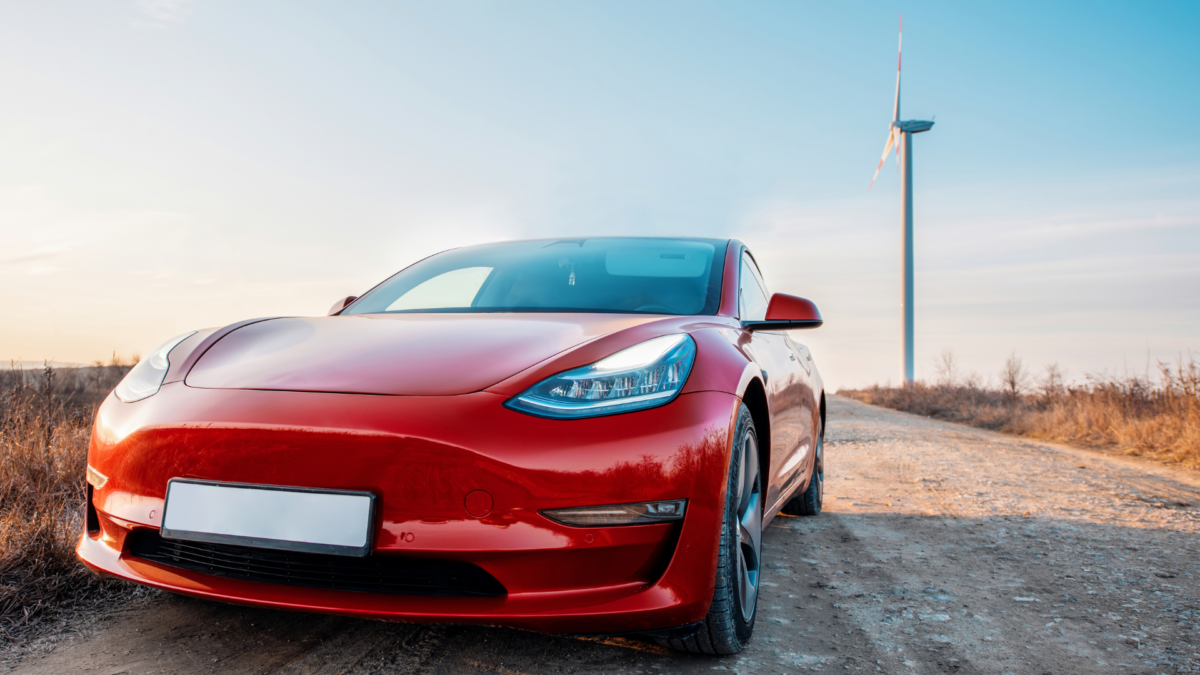Silicon Carbide (SiC) is the superhero EV converters need, boosting efficiency, shrinking component sizes, and letting your car charge faster while handling heat like a pro. Even Tesla’s like, “Yep, we’re using it,” because who doesn’t want more range and less sweating under the hood?
By Jerome Fohet
Get ready for an electric ride in 2024! Global EV sales are set to zoom to between 15-17.5 million units, a 27% surge over last year. Leading the pack, China’s cranking out 9.1 million EVs—nearly 52% of all car sales—thanks to their battery tech wizardry and slick charging infrastructure. Europe’s sparking up too, with 3.9 million EVs projected, as the region shifts from government push to consumer pull. North America’s jumping in with 2.2 million units sold 1, expanding its charging grid and adding more SUVs and trucks to the mix. Buckle up—it’s going to be electrifying!
But, with all the excitement about clean driving and cutting emissions, there’s still one thing holding everyone back—range anxiety. Yes, the dreaded fear that your battery will fizzle out right when you’re miles from a charging station. Don’t worry, though; the solution isn’t about making bigger batteries or building more chargers (although that helps); it’s actually all about… a meteorite and a French chemist who thought he discovered a huge diamond deposit. Yes you heard me well: a meteorite 2… We are not in a movie but in the real world and the hero is called SiC.
EVs and SiC: A Love Story Who started in a Galaxy far, far away
Meet silicon carbide (SiC), a material that’s older than our solar system 3, literally. It’s not just space rock bling; it’s also a superhero when it comes to semiconductors. This stuff has been quietly sitting in the background while we were all obsessed with silicon devices, but now it’s finally stepping into the limelight. And SiC couldn’t have picked a better co-star than EVs. Together, they make the perfect power couple—like electric peanut butter and jelly.
So, why is SiC such a game-changer? Unlike widespread silicon, which is kind of basic at this point, SiC can handle electrical fields up to ten times stronger. That means it’s ideal for handling the high-powered energy demands of EVs. Think of it as silicon’s stronger, more resilient cousin. Plus, SiC doesn’t break a sweat when it comes to heat dissipation or power conduction. It’s like the superhero who shows up to save the day and doesn’t even get its cape dirty.
Faster, Lighter, Stronger: SiC to the Rescue!
By plugging SiC into an EV’s inverter, you can actually squeeze up to 10% more range 4 out of that battery. You know what that means: fewer panicked searches for charging stations! SiC is also a big fan of going small. It allows engineers to shrink the size and weight of power systems, which then results in a lighter car. A lighter EV means a longer driving range and, let’s be honest, nobody likes a chunky car. So, SiC trims the EV down, making it leaner and more efficient on the road.

But wait, there’s more! SiC also speeds up charging, allowing for that sweet switch from 400V to 800V battery systems. Faster charging means more time zooming around and less time staring at a charger while sipping overpriced coffee. Silicon Carbide (SiC) in fast chargers is like giving your EV a turbocharged energy drink! It boosts efficiency by reducing power loss, meaning more juice goes to your car instead of heating up the charger. SiC has many aces up its sleeve, enabling higher voltage operation that chops down charging times and making your EV ready to go in record time. And the bonus? It lets chargers be smaller and sleeker, fitting more power in a compact package.
Sure, SiC parts are pricier than regular silicon, but the trade-off is worth it: fewer cooling headaches, smaller components, and chargers that are both lighter and more powerful.
In the world of EV fast charging, where every minute counts, SiC technology is the ultimate power move. When you are charging up for a road trip, SiC makes sure your charger runs faster, cooler, and smarter—because nobody’s got time to wait around when there’s a road ahead! So yes, SiC is basically EV magic dust.
EV Converters: SiC steals the Show
Not only is SiC great at pumping miles fast into the battery, but it’s also the MVP when it comes to take those miles out though the power converters 5—the unsung heroes that turn battery juice (DC) into motor power (AC), giving them superpowers compared to boring old silicon (Si). Why? Because SiC is the overachiever in the classroom—it’s more efficient, tougher, and just plain cooler.

First off, SiC is great at making sure your EV’s battery power actually gets to the motor, instead of being wasted as heat. This means more range, which every EV driver loves. Plus, the magic of SiC is that you can shrink the inverters down because power losses are lower, and devices are smaller than IGBT, allowing for more compact power converters, saving EV weight. Think of it as putting your car on a sleek, tech-savvy diet!
SiC can also handle higher temperatures without throwing a tantrum, which means your EV doesn’t need a complicated cooling system. It’s like having a car that doesn’t sweat the small stuff—literally. This makes everything simpler, cheaper, and more reliable.
Tesla got the memo way back in 2018 when they slapped SiC into the converter of their Model 3, and since then, the EV industry has been on board. By 2033, SiC MOSFETs are expected to dominate the EV inverter market 6. Prepare for a world where “SiC” becomes as well-known as “Wi-Fi”!
Soitec’s SmartSiC™: The Shiny New Superstar in Town
While SiC is amazing, Soitec’s SmartSiC™ is like SiC with a PhD. Soitec didn’t just take SiC and slap it into EVs; they gave it a makeover, making SiC still more powerful and skillful. Their SmartSiC™ substrate uses ten times less material than regular SiC, which is great news because SiC isn’t exactly lying around in abundance. But here’s the kicker: SmartSiC™ boosts performance by over 20%. So, less material, better performance—it’s like upgrading from dial-up internet to fiber optics, but for your car.
SmartSiC™ also plays a big role in the sustainability game. For every million wafers produced, it saves 40,000 tons of CO2 emissions 7. That’s like planting a tree every time you roll out a batch (25 wafers) of SmartSiC chips. Using SmartSiC™ equals fewer emissions, and higher efficiency. That’s more than win-win!
The Future of EVs and SiC: Saving the Planet, One Charge at a Time
As EVs continue their meteoric rise, SiC is going to be their trusty sidekick. And with innovations like Soitec’s SmartSiC™, we’re not just talking about more efficient EVs; we’re talking about a greener, more sustainable planet. SiC and SmartSiC™ are poised to revolutionize the EV industry, with longer ranges, faster charging, and lighter cars all in the cards.
In the race to decarbonize, SiC might just be the little bit of stardust we need to keep us on track. So, next time you plug in your EV, just remember: it’s powered by stars and some pretty smart engineering. And if you’re lucky, maybe Soitec’s SmartSiC™ is behind the wheel, giving your car a boost and saving the world one charge at a time.
Sources:
1 Canalys – Global EV market forecasted to reach 17.5 million units with solid growth of 27% in 2024
2 Wikipedia – Moissanite
3 Jim Kelly – The Astrophysical Nature of Silicon Carbide
4 Frost & Sullivan – The transition of Electric Mobility from 400V to 800V Architecture – An Inevitable move towards WBG semiconductors.
5 Electronic Office Systems – Are all EVs equipped with an on-board AC/DC Converter, or does this depend on the vehicle model?
6 IDTechEx – Power Electronics for Electric Vehicles 2023-2033: Technologies, Markets, and Forecasts
7 Medium – Vehicles of The Future: Emmanuel Sabonnadiere Of Soitec On The Leading Edge Technologies That Are Making Cars & Trucks Smarter, Safer, and More Sustainable
Also Read:
Soitec Delivers the Foundation for Next-Generation Interconnects
SOITEC Pushes Substrate Advantages for Edge Inference
Powering eMobility Through Silicon-Carbide Substrates
Share this post via:






Comments
There are no comments yet.
You must register or log in to view/post comments.